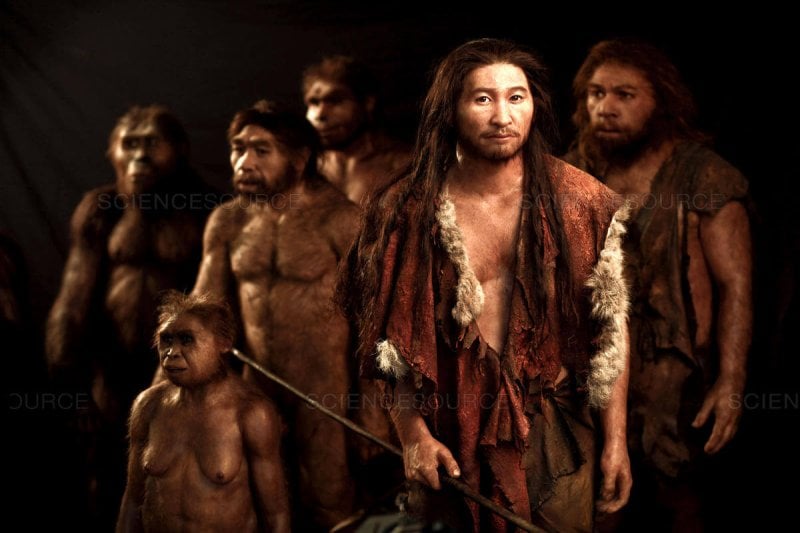When paleoanthropologists and archaeologists define what makes our species unique, they usually focus on our use of symbolism and language, as well as our skills in social networking (long before Facebook) and technological innovation. Those arguments for human exceptionalism have been challenged in recent years, however.
…
But maybe, say two researchers, we got it wrong. What defines our species, and has allowed H. sapiens to survive and even thrive after all other hominins went extinct, is not about making better stone projectiles, or networking, or sprucing up the cave walls with a little ochre artwork. We’re the last hominins on Earth because we’re really good at adapting to a huge range of environments, including the extreme.
To make their case, researchers mapped out the likely ranges of archaic members of the genus Homo.
…
What might not be immediately evident from the map is that early H. sapiens dispersal wasn’t just about setting foot on a new continent; it was also about moving into new and often extremely challenging environments, from deserts to arctic climes, from treeless, high-altitude plateaus to dense tropical rainforests.
…
It’s the “unique ecological plasticity” of our species that’s our defining trait, argue the researchers, and it’s what gave us a leg up on surviving, whether moving into new territories or adapting to changing climate conditions.
Read full, original post: Why Homo Sapiens Succeeded
































